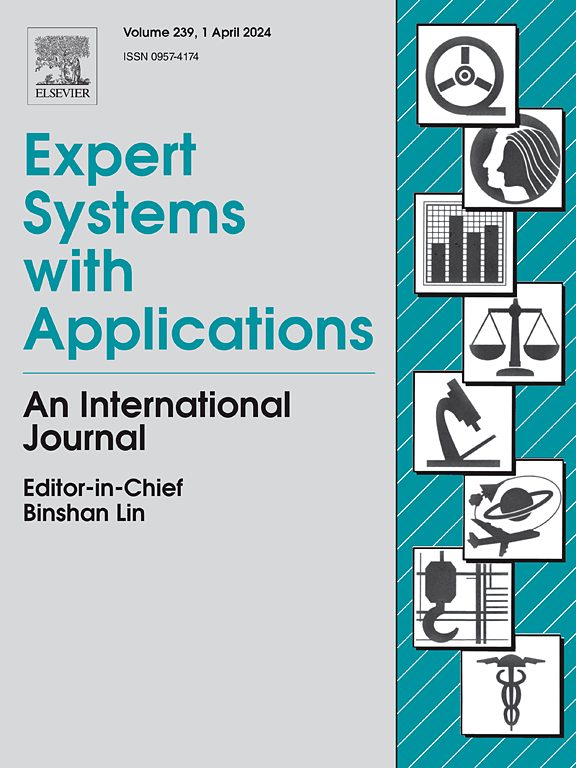具有噪声容限的离散归零神经动态图像去模糊
IF 7.5
1区 计算机科学
Q1 COMPUTER SCIENCE, ARTIFICIAL INTELLIGENCE
引用次数: 0
摘要
随着人们对高质量图像的需求不断增长,图像去模糊已经成为计算机视觉领域的一个基本挑战。尽管已经提出了许多有效的去模糊方法,但一个关键领域仍未得到很大程度的探索:环境噪声引起的干扰。众所周知,噪声会干扰溶液系统,导致不稳定甚至崩溃。目前的主流方法,如基于深度学习的方法,很难有效地解决这种扰动。此外,这些方法需要大量的数据集进行训练和优化,这需要大量的计算成本和时间。如果没有足够的数据,它们的鲁棒性和去模糊性能将受到很大的限制。为了应对这些挑战,我们考虑了另一种方法:无学习神经网络,称为神经动态。我们的方法采用了动态求解机制,能够解决潜在的静态优化问题,而其积分项增强了抗噪声能力。为了进一步将该框架应用于实际工程应用,我们开发了一种基于泰勒展开的离散化方案,称为泰勒型6-瞬时噪声容忍归零神经动态(T6NTZD)。该模型不仅提高了抗噪声性能,而且实现了轻量化设计和实时处理。通过引入这种方法,我们的目标是填补图像去模糊领域的一个重要空白。最后,从连续的角度进行了详细的理论分析,并与12种神经动力学模型进行了综合比较,明确了该方法的优越性。我们的模型的主要优点总结如下:强鲁棒性,轻量级设计,以及消除对数据密集型学习的需求。本文章由计算机程序翻译,如有差异,请以英文原文为准。
Discrete zeroing neural dynamic with noise tolerance for image deblurring
As the demand for high-quality images continues to grow, image deblurring has become a fundamental challenge in computer vision. Although numerous effective deblurring methods have been proposed, one critical area remains largely unexplored: the interference caused by environmental noise. It is well known that noise can perturb solution systems, leading to instability or even collapse. Current mainstream methods, such as deep learning-based approaches, struggle to address such perturbations effectively. Additionally, these methods require large datasets for training and optimization, which incur significant computational cost and time. Without sufficient data, their robustness and deblurring performance are greatly limited. To address these challenges, we consider an alternative approach: a learning-free neural network, called neural dynamic. Our method employs a dynamic solving mechanism capable of addressing potential static optimization problems, while its integral term enhances noise resistance. To further adapt this framework for practical engineering applications, we developed a Taylor expansion-based discretization scheme called Taylor-type 6-instant Noise-Tolerance Zeroing neural Dynamic (T6NTZD). This model not only improves noise resistance but also achieves lightweight design and real-time processing. By introducing this approach, we aim to fill a significant gap in the field of image deblurring. Finally, through a detailed theoretical analysis from a continuous perspective and a comprehensive comparison with 12 neural dynamics models, the superiority of this method is clearly demonstrated. The key advantages of our model are summarized as follows: strong robustness, lightweight design, and the elimination of the need for data-intensive learning.
求助全文
通过发布文献求助,成功后即可免费获取论文全文。
去求助
来源期刊

Expert Systems with Applications
工程技术-工程:电子与电气
CiteScore
13.80
自引率
10.60%
发文量
2045
审稿时长
8.7 months
期刊介绍:
Expert Systems With Applications is an international journal dedicated to the exchange of information on expert and intelligent systems used globally in industry, government, and universities. The journal emphasizes original papers covering the design, development, testing, implementation, and management of these systems, offering practical guidelines. It spans various sectors such as finance, engineering, marketing, law, project management, information management, medicine, and more. The journal also welcomes papers on multi-agent systems, knowledge management, neural networks, knowledge discovery, data mining, and other related areas, excluding applications to military/defense systems.
 求助内容:
求助内容: 应助结果提醒方式:
应助结果提醒方式:


